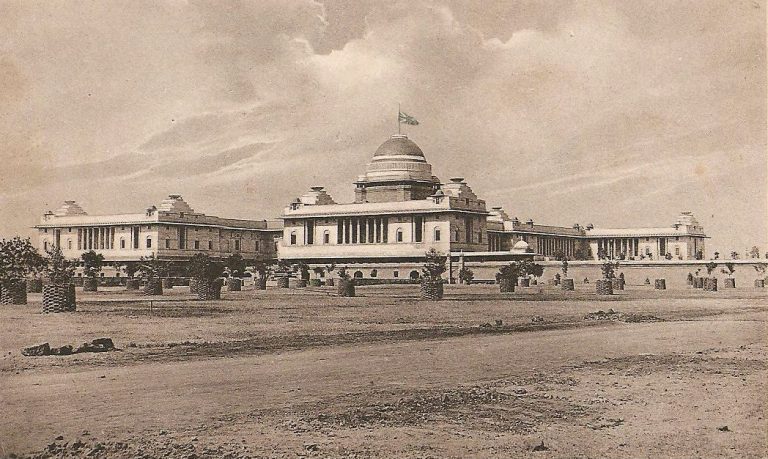
India gained its independence from the United Kingdom on 15 August 1947. On this date, the legislative sovereignty to the Constituent Assembly of India was passed through the Indian Independence Act. This assembly was first elected to write the Constitution of India and later became the first Parlament of India.
The nation’s independence also coincided with the Partition of India. A 2017 historical drama film, Viceroy’s House, attempts to document Britain’s role in this partition.
Viceroy’s House: Plot
Viceroy‘s House, a movie written and directed by Gurinder Chadha, depicts Lord Mountbatten (Hugh Bonneville), a British navy officer and a statesman, who is appointed as the final Viceroy of India.
Therefore, he and his family move to New Delhi and take up residence in the Viceroy‘s House. Lord Mountbatten has the task of overseeing the transition of India from colonial rule to independence. However, he has to reckon with India‘s longstanding religious and cultural divide among Hindu, Sikh, and Muslim. More specifically, he has to mediate between those who want an intact, one nation and those who hope to establish the Muslim state of Pakistan. So there are riots and violence between Hindus and Muslims. In this tense atmosphere, Lord Mountbatten resigns himself to go on with the Partition of India with the help of an English lawyer, Cyril Radcliffe (Simon Callow).
The film contains also other storylines. For instance, the conflict motivated by religion is represented by the love story between Lord Mountbatten’s Hindu valet, Jeet (Manish Dayal) and the Muslim girl he falls in love with, Alia (Huma Qureshi). The two, however, cannot be together. Alia does not wish to disappoint her Muslim father by accepting Jeet, a Hindu, as her suiter.
A Much-Needed Different Perspective
The writer and director of the film, Gurinder Chadha, a British film director of Indian origin, attempts to represent the traumas of partition from the point of view of someone personally invested in the movie. As the closing credits reveal, while Chadha’s grandmother was fleeing to India, she lost one of her children to starvation.
Gurinder Chadha’s merit lies in her ability to offer an alternative perspective. As a matter of fact, previous films on the topic tend to narrate Britain’s colonial period with triumph. She also succeeds in uncovering the underlying political motives which stood behind the rush decision to create the Pakistan state. More specifically, Britain’s need to create a buffer state between India and the Soviet Union. Moreover, Viceroy‘s House unveils the consequences of the decisions of high politics on ordinary citizens.




